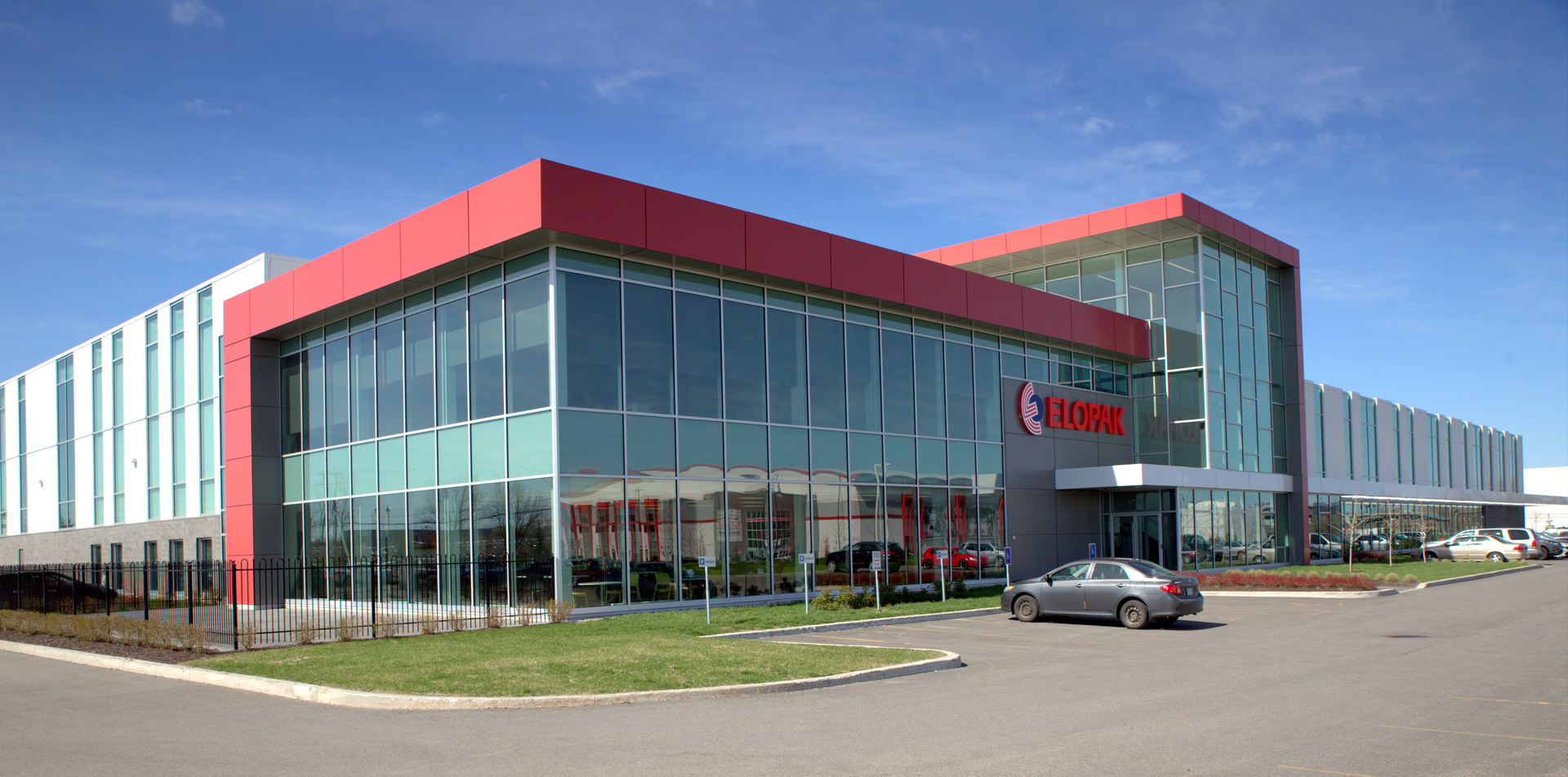Scope 1 emissions
Scope 1 is direct emissions. Elopak’s main sources of emissions in Scope 1 are the consumption of natural gas, propane, heating oil, waste incineration, and the use of fossil fuels
Energy consumption accounts for the majority of our internal CO2e emissions. Combined with energy efficiency initiatives in our factories, our main focus is to replace fossil energy with renewable sources. Several initiatives to electrify processes currently fueled by natural gas and diesel were implemented during 2022, and more initiatives are planned the coming years.
In 2022 we reassessed our company cars against the guidance in the Greenhouse Gas Protocol. This led to the conclusion that Elopak has operational control of our leased company cars. In earlier years we have concluded that these were not to be considered in our scope 1 emissions, while this year, we include them. For 2022 the estimated emission is 460 tonnes CO2e, which accounts for 8% of total scope 1 emissions. We have also adjusted our scope 1 emission for 2020 and 2021 accordingly (read more here).
In 2022, we saw a 20% reduction in Scope 1 (and residual scope 2) emissions compared to 2020, partly due to the initiation of a larger project in our plant in Montreal (see below) and partly due to several smaller projects in other plants, related to changes in side-sealing technology and electric forklifts.

Case
Montreal – recycling energy from sealers
A major project is taking place in our Montreal plant. The goal is to move from heating with gas to electricity through reuse of heat from production. This could potentially reduce the scope 1 emissions for the plant with approximately 70% compared to a 2019 baseline.
The project consists of 2 phases:
- Reusing heat from different sources like exhaust from sealers and exhaust from the compressor room
- Use of heat pumps
The new installations became operational during Q4 in 2022 – the heat pumps project was completed the last days of 2022. The project has been partly granted by the government in Canada, and we are now in a 3 month monitoring phase with the government to conclude the efficiency of the overall project.
Outside temperature is key, if below -15°, gas will need to be used. So far, comparing gas consumption in December-22 and January-23 (both months were relatively mild), we se a reduction in average gas consumption per day of 40%. There are still some final adjustments to be implemented during the monitoring phase and we expect full effect of this installation in 2023.
